Did Leonardo da Vinci fool history?
 Monday, March 19, 2007 at 2:11PM
Monday, March 19, 2007 at 2:11PM Would Leonardo da Vinci have risked his life to fake the ultimate Christian relic, the Turin Shroud,if he was, as believed, so opposed to Christianity? What if it was discovered some of the artifacts that confirm your own personal beliefs weren't what you thought them to be? Would increasing arguments about fraudulent artifacts or associated stories influence your specific faith?
Lynn Picknett and Clive Prince set out to investigate whether da Vinci had the means, the motive and the opportunity, and whether the verdict on this Shroud would call into question the perceived authenticity of other historical relics.
Consider that da Vinci's work on optics and alchemical pursuits provided him with the means, and he definitely had the opportunity. His unorthodox beliefs for his era gave him the necessary motive. His strength of character and rebellious streak would have enabled the sheer audacity required to produce such a fraud.
Modern scientific techniques suggest the Shroud doesn't reveal an image of Christ as originally believed. At the era of supposed events, risks of creating such a relic and being found out would've resulted in being accused of sorcery and conceivably being burned at the stake.
Back in the 1980s, Lillian Schwartz of Bell Laboratories and Dr. Digby Quested of London's Maudsley Hospital demonstrated the Mona Lisa was a self-portrait of da Vinci. Increasingly, many scholars and other people believe the image on the Shroud is da Vinci's self- portrait. Leonardo worked on optics, lenses and projected images. He also worked on a secret machine of mirrors to concentrate light and heat, and both are required to produce an image such as on the Shroud.
Let's say da Vinci was at the right place at the right time. If he did fake the Shroud, he may not have accepted a commission. What would be his possible underlying motives? Theories exist that include promoting the world's first known photograph, but we may never know. By using his then innovative photographic technique to create the ultimate Christian relic, he may have given the invention what he thought would be the best chance of surviving through the centuries. If he did refer to a photograph of himself for the self-portrait, this was hundreds of years before the acknowledged birth of photography.
Step back and reflect on your own understandings of controversy in your belief systems. What have you come to accept as truth? What or whom do you believe and why? Consider why so many questions are being raised about the legitimacy and authenticity of varied belief systems. This may cause you to question or doubt yourself. Regardless of your background or belief system, the strength of your faith in yourself determines whether you willingly heed your senses or begin to doubt.

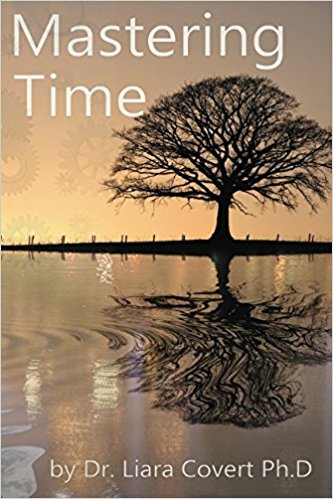


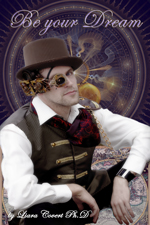
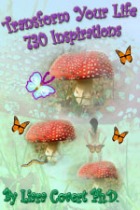
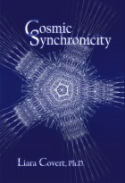
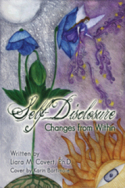


Reader Comments (1)